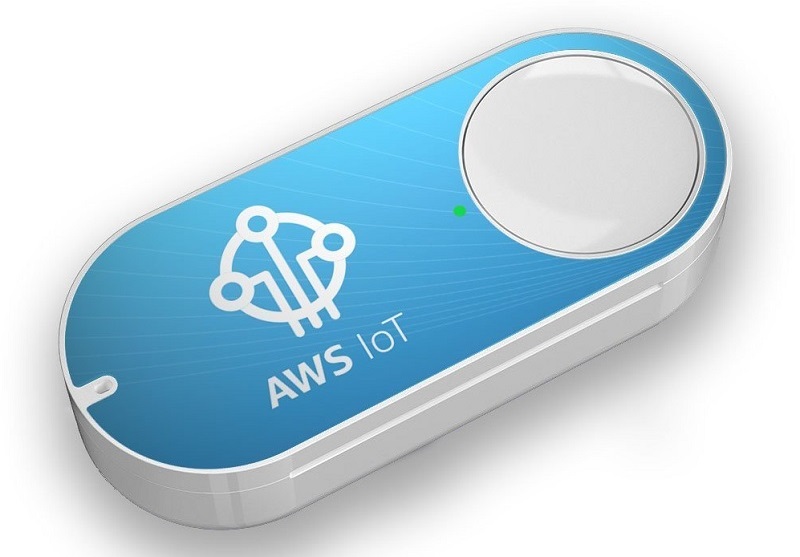
Gartner Inc. this week released a very bullish report on the growth of the Internet of Things (IoT), the class of computational networked devices that are automating and animating consumer lives through voice assistance and personal tracking devices, such as the Apple Watch and smart scales. Gartner projects that the number of IoT devices used in business will grow by 212 percent between 2016 and 2020.
BIA/Kelsey saw evidence of this growth among SMB spenders in the most recent Local Commerce Monitor survey, Wave 20 (LCM 20). While many SMBs are merely experimenting with IoT, the heaviest spenders are making significant investments in beacons and other in-store and mobile IoT technology. Core Spenders, who spend less than $25,000 a year on marketing, or $5,504 on average in LCM 20, put less than one percent of 2016 marketing spend into IoT.
 Plus Spenders, who are more aggressive marketers who spend more than $25,000 annually, however, were far more aggressive with IoT investments. They spend an average of $82,202 on marketing annually, with $3,088 directed to IoT in 2016, or 3.7 percent of their total spending, on average.
Plus Spenders, who are more aggressive marketers who spend more than $25,000 annually, however, were far more aggressive with IoT investments. They spend an average of $82,202 on marketing annually, with $3,088 directed to IoT in 2016, or 3.7 percent of their total spending, on average.
Plus Spenders report consistently higher advertising and promotional success, largely based on their ability to capture customer loyalty to new digital services early, before they become well-established tools for most marketers.
Gartner reports that consumers are driving the IoT wave, because they will add 63 percent of total devices to be purchased in 2017. However, business uses of the technology, such as for in-store tracking, inventory management and on-premises loyalty and promotional offers, as well as B2B applications, will grow from a total of 2.4 billion devices to more than 7.5 billion devices in 2020, represents the normalization of IoT.
It will be increasingly easy, based on IoT data, to personalize consumer messages delivered in-store and out of home. Business uses of IoT will enable better local inventory management with customization on behalf of customers whose IoT data may inform the shape of a marketing offer. For example, a fitness metrics tracker may help suggest foods that support the type of training the customer enjoys when visiting an Amazon Go store.
We see local SMBs preparing for the battle to customize and, ultimately, personalize retail experience. Based on wider industry and consumer adoption, this is looking like a solid investment in the future.
This Post Has One Comment
Leave a Reply
You must be logged in to post a comment.

these are amazing figures..not surprisingly so as these days more and more companies are using the internet to market their goods,,,having your business listed is a must…